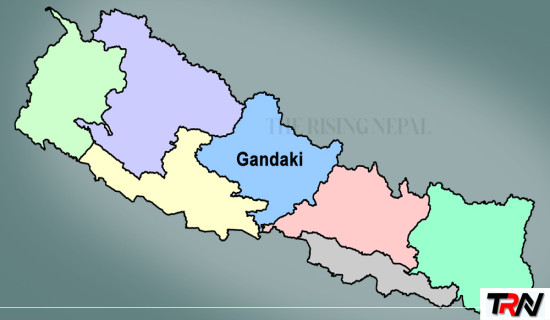- Wednesday, 19 November 2025
Reduce School Dropouts
Sugam Gautam
Numerous problems are looming in Nepal's educational sector. The mass exodus of graduate students is the most widely discussed phenomenon. Over the years, the enrollment rate in the higher level has gone down alarmingly. The universities have been working on attracting students by introducing various schemes. The government's indifference to improving the quality of education is apparent. Although the budget allocation for education has slightly increased, there's no notable gain.
At present, around 10 per cent of the budget is allocated to education, an uptick compared to the past year. Despite this, news of students not gaining access to textbooks by the end of the academic year circulates now and then, hinting at the shoddy execution of plans. The task of ameliorating the distribution of textbooks is easier said than done. It is beyond one’s imagination to discern the difficulties faced by the students who make do without textbooks. In some places, students have to rely on tuins, perilous wire bridges built for crossing the river, to reach school.
School dropout, among others, is a persistent issue that must be addressed seriously. The retention rate keeps decreasing as the level goes up. Numerous factors contribute to the decreasing retention rate. As the majority of people are facing economic hardships, not every child is able to attend school. In contrast to the city areas, the marginalised population from remote areas is deprived of basic-level education, making them vulnerable to many problems throughout their life. Poverty is considered the root cause of school dropout. Parents in rural areas can't afford to spend money on children's education; instead, they seek children's assistance in their work to increase family income.
Poorly managed physical structures, a lack of good teachers, and inadequate textbooks also contribute to the increasing number of school dropouts. If the government had created a healthy teaching environment by providing all required resources, parents would have not stopped sending their wards to schools. The distribution of school uniforms and mid-day meals can bring a shift in people's attitudes. By providing various kinds of training on a regular basis, schools must be able to impart basic skills that might come in handy even if the students couldn't complete their higher education.
The government must instill the notion that education is for all regardless of gender and different socio-economic statuses. Discrimination on any aspect should not surface in schools where people from diverse backgrounds come under the same roof. The public must be made aware of the importance of education, and every single person must realise that education is their basic right.
It is imperative to understand that depriving a child of education is deducing the future resource of the nation. On the societal level, local leaders must encourage every parent to send their children to school. Not only leaders but every educated person must encourage the children to go to schools. By alleviating the problem of school dropout, the government will be able to educate all citizens, thereby by creating a civilised and prosperous society.

















